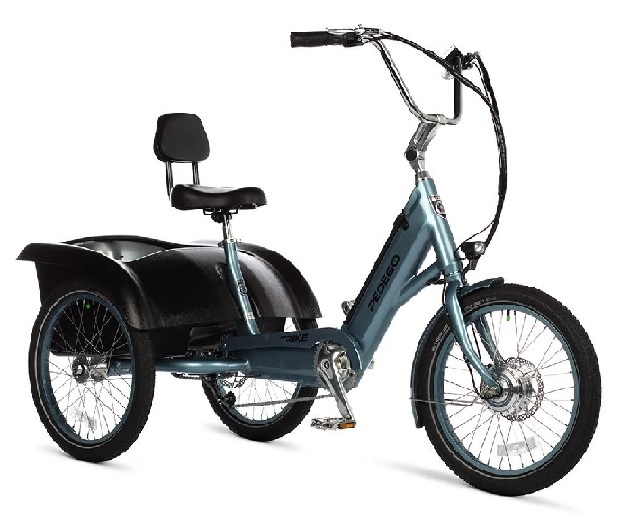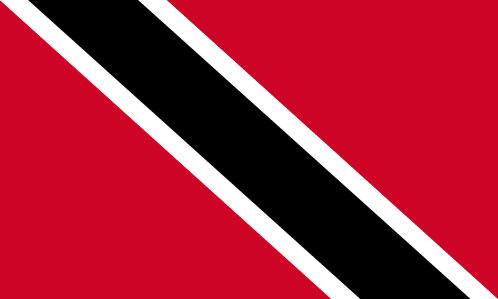TOGETHER WE ASPIRE,
TOGETHER WE ACHIEVE
Imagine the money saved on
Transportation
Powered by
Wind and Solar Energy for Life
Go green - Go electric


on weekly and monthly
fuel and energy costs
at home and outside
add up over a lifetime for
Children's Toys
Adult bicycles and tricycles
Private cars. Taxis
Trucks of all sizes up to 60 tons
Air taxis (coming soon) 😎
It is not a dream anymore
Molly-ki-Ma can help you
materialize your savings
Go Green - Go Electric
60 ton All Electric truck
Video chat with Dr Jagam Free for the asking.
Click on chat and submit your request. now.
Children's Electric Toys

Inquire availability and pricing
with our friendly chat agents
All Electric Adult bicycles
and tricycles
Nan's bicycles (1960)
Dow Village, California, Trinidad
"Rise and Shine" says Mr Nan
"Naana Chalay Aagay Aagay
Naani going behind" long ago 😎
"Who said tricycles are for kids"
asks Dulahin in 2020 😅


You pay the price and we deliver the value
Inquire availability and pricing
with our friendly chat agents
EV for Trinidad and Tobago
Trinidad had electric transportation
more than a hundred years ago
WhyNot in the
twenty-first century?
infrastructure and charging stations?
Couva Wind and Solar
can help you
Inquire availability and pricing
with our friendly chat agents
Click here for a gallery of
commercial vehicles
Issues in the Electrification of Trinidad and Tobago (TT)
Introduction:
I am sure that some of us Trinbagonians read the history of electricity in TT
as reported by T&TEC on their website. The following is a part of the history
quoted from that website for your convenience.
"The early history of electricity in Trinidad and Tobago is closely connected with
public transport which commenced in 1882 ...
In December 1886, a group of local businessmen was granted a
20-year franchise to run an electric Power Station and
tramway system in Port of Spain ...
A Canadian businessman bought the Electric and Transport System
from local businessmen in 1901 and obtained at the same time
a 30-year monopoly... When that franchise came to an end
in 1933, the Government of Trinidad and Tobago decided
it would take over the Company and
by 1945 proceeded with an island-wide electricity scheme...
The Trinidad and Tobago Electricity Commission (T&TEC)
came into being by virtue of the Trinidad and Tobago
Electricity Commission Ordinance No. 42 of 1945..."
So, anybody could see from the above quotation that
electricity was used for transport in TT.
For a more detailed description of early public transportation with
horse-drawn trams, streetcars, steam locomotives, and railways
in Trinidad please visit "The Trams and Trolley Buses of Trinidad
and Tobago" by Allen Morrison.
The focus in the present article is on current issues in the
electrification of transportation in Trinidad and Tobago
at this time in the 21st century.
Electric Vehicles (EV) for transportation:
Electrification of transportation increased with the
hybrid electric vehicles built with traditional engines using fossil fuels
(gasoline, diesel, natural gas, etc). They have become popular because
of consumer desire and the need to improve the fuel efficiency of these
vehicles for economic reasons. But, the current issue is the impact of
greenhouse gases emitted by these newer vehicles and the
limited nature of the total supply of fossil fuels for consumers
as well as the governments around the world.
What are the issues with EVs for private and public transportation in
Trinidad and Tobago? What is happening in TT to electrify transportation?
Immediate issues already known in TT for EV acquisition :
1. Purchasing Cost of an EV is more than other types of vehicles.
This is only true if purchasing a new vehicle from the manufacturer.
This should not be an issue in purchasing an EV
because preowned vehicles are already available at
comparable or less cost than traditional gasoline and diesel types.
2. Even though EVs can be charged at home, the electrical supply
capacity of a typical residence in TT may be insufficient to
accommodate EV charging at home.
Moreover, 50 Amp electrical circuits are not common in the
residential electrical wiring of TT housing even with
electrical cooking ranges and other appliances.
This should not be an issue for consumers because the cost of
installling a 50 Amp electrical circuit is a very small
fraction of the capital cost of electrification of transportation.
This cost can be recovered in a very short time from the savings
realized in operating the EV for transportation.
3. Public charging stations are not set up at this time to make
EVs popular in TT.
Instead of treating this situation at the present time as an issue,
the consumers should view it as an economic opportunity for
anybody in TT just like selling doubles on the street. isn't it?
4. T&TEC may not have the ability to cope with the demand for
Electricity on the public Utility.
This perception is not realistic in the short-term, and even in the
long-term it is only an investment and policy issue for the
government which owns T&TEC.
5. The electrical generating capacity of the existing generating
stations is not enough to electrify transportation.
The implications of this mindset need to be examined in detail
from different perspectives. For example, what will happen if
the opportunity is examined as an economic opportunity for
the average person in TT to participate in the Electrification of
Transportation with Solar and Wind Electricity?
We at Couva Wind and Solar ask several questions and keep thinking
about the electrification of transportation and the benefits to all the
Citizens of Trinidad and Tobago, not just the benefits to the big business:
1. What is stopping the Trinbagonians to embrace the electrification
of transportation in TT, especially when Petrotrin is closed down
and when the world is searching for alternatives to fossil fuels
because of environmental concerns?
2. If the Sun is the source of all energy on Earth, why are we not using
more of Solar energy especially for transportation?
3. If industrialization is to generate prosperity for the citizens of TT,
why not develop cottage industries accessible to many more people
than a few large scale industries?
4. Isn't it funny that electricity is generated and used for lighting
and airconditioning in consumer transportation vehicles, but not
for transportation?
5. if it is true that transportation created employment and lead to
worldwide economic expansion with the steam locomotives and
railways, then what does electrification of transportation do?
For a free Video Chat with Dr Jagam
click on chat and submit your request today
When to consider Wind and solar energy
in Trinidad and Tobago:
If you are a residential T&TEC customer,
Wind and Solar energy may not be for you. Why?
A typical residential customer of T&TEC pays an
estimated bi-monthly bill of $250/- equal to $1500/- per year.
In ten years the total amount paid to T&TEC is only $15,000/-
The cost of a Wind and Solar combo system together with
the batteries for electricity supply at night is more than
$150,000/- There must be a good reason to justify the cost
for residential applications. A good reason is combining
residential electricity with electric transportation.
If you are a residential customer and the nearest
T&TEC pole is at a distance of ten poles or more
away from you, you may consider Wind and Solar
energy. Why?
To supply T&TEC power to you, you need to pay for the
installation of light poles at the rate of $20,000 per pole
when you are more than 100 feet (about 30 metres) away
from the nearest supply line.
If you are at a distance of 1000 feet (about 300 metres) away
from the nearest T&TEC light pole you end up paying $200,000
to bring the T&TEC supply line to you. This cost is more than
the average cost of a Wind and Solar combo system including
the batteries required to supply the power at night
If you are a residential customer using a gasoline
or a diesel generator and paying $300/- or more per week
for your electrical needs, you may consider
Wind and Solar energy. Why?
At the rate of $300/- per week for gasoline or diesel for your
generator set, you will be spending more than $15,000/- per
year for gasoline or diesel., and a total of $150,000 In ten years.
You have to put up with the noise, the fumes, and the labour
for bringing the fuel week after week for ten years.
You may consider Wind and Solar energy to eliminate the
noise, the fumes, and the labour.
If you are a commercial customer of T&TEC and
paying more than $5,000/- per month, you may
consider Wind and Solar energy. Why?
At a minimum payment of $5,000/- per month, you will
be paying $60,000/- per year to T&TEC for a total of $600,000/-
in ten years. A Wind and Solar combo system including the
required batteries is cheaper than the money you pay to T&TEC
in ten years.
The cost of Wind and Solar energy is coming down
together with residential energy storage batteries.
Couva Wind and Solar specializes in optimizing the
combo systems to your electrical energy needs.
Combined with electric transportation, Wind and Solar
energy is the way to go in the future.
Video chat with Dr Jagam Free for the asking.
Click on chat and submit your request. now.






